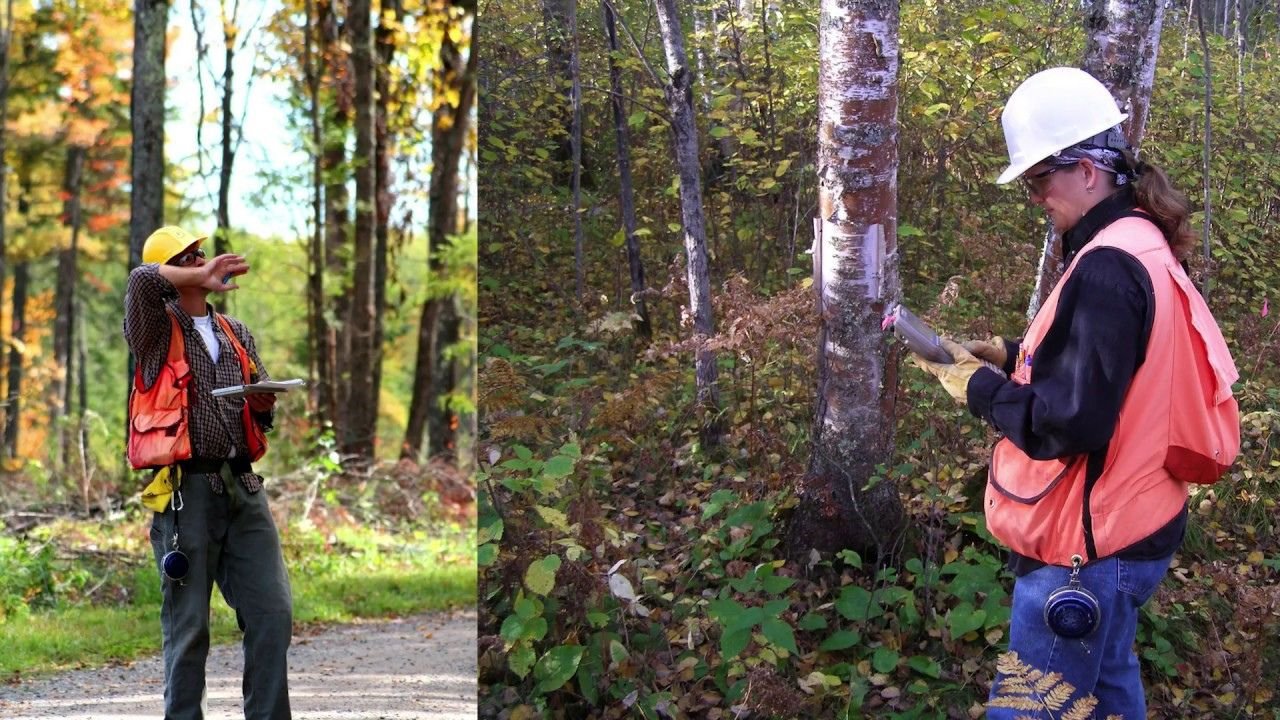Introduction
Forests are vital ecosystems that provide numerous ecological, economic, and social benefits, including biodiversity habitat, carbon sequestration, timber resources, and recreational opportunities. Maintaining forest health across large landscapes requires comprehensive monitoring to detect pests, diseases, invasive species, and environmental stresses. While government agencies and professional foresters play a central role in this effort, the involvement of private landowners has become increasingly crucial in providing a holistic view of statewide forest health.
The Importance of Forest Health Monitoring
Effective forest health monitoring enables early detection of issues, guides management actions, and supports conservation strategies. It involves systematic observation, data collection, and analysis of forest conditions, pests, and diseases across different regions and ownership types. Given the vast expanse of forested lands—much of which is privately owned—broader participation enhances the accuracy and scope of monitoring efforts.
Role of Private Landowners in Forest Monitoring
1. Expanding Data Collection Coverage
Private landowners collectively own a significant portion of forestlands, especially in regions where public ownership is limited. Their participation substantially increases the geographic coverage, enabling foresters to:
- Detect localized outbreaks of pests or diseases before they spread.
- Monitor changes over time across diverse ecological zones.
- Identify emerging threats that may not be apparent from public lands alone.
2. Providing Local Knowledge and Observations
Landowners often have intimate knowledge of their properties and can recognize subtle changes in forest conditions, such as the appearance of new insect infestations, unusual tree mortality, or invasive species presence. Their observations can:
- Complement scientific surveys.
- Provide early warnings for potential outbreaks.
- Help prioritize areas for detailed inspection or intervention.
3. Facilitating Rapid Response and Management
When landowners are engaged in monitoring, they can act swiftly to implement management practices, such as removing infested trees, applying treatments, or collaborating with authorities. This proactive approach can:
- Contain pest outbreaks.
- Reduce economic losses.
- Preserve forest diversity and resilience.
4. Supporting Data-Driven Policy and Conservation
Data collected from private lands contribute to comprehensive assessments of forest health statewide. This information informs policymakers, resource managers, and conservation programs to develop targeted strategies, allocate resources effectively, and establish priorities.
Methods of Private Landowner Participation
1. Education and Outreach Programs
Forestry agencies and conservation organizations often conduct workshops, seminars, and training sessions to teach landowners how to identify pests, diseases, and signs of decline. Education empowers landowners to participate confidently.
2. Citizen Science Initiatives
Programs that involve landowners and the public in data collection—such as reporting sightings of invasive species or monitoring tree health—enhance statewide datasets. Examples include:
- Smartphone apps for reporting invasive pests.
- Volunteer tree health surveys.
- Participatory mapping projects.
3. Incentive and Support Programs
Financial incentives, technical assistance, and resource sharing motivate landowners to engage in monitoring and management. Examples include:
- Cost-sharing for invasive species control.
- Certification programs that promote sustainable practices.
- Technical guides for forest health stewardship.
4. Collaborative Monitoring Networks
Partnerships between government agencies, NGOs, universities, and private landowners facilitate coordinated efforts, data sharing, and consistent monitoring standards.
Case Studies and Examples
a) Forest Pest Early Detection Networks
In many regions, private landowners report invasions like emerald ash borer or Asian longhorned beetle, enabling authorities to respond quickly and prevent widespread infestations.
b) Invasive Species Management
Private landowners participate in eradication programs for invasive plants such as kudzu or Japanese knotweed, contributing to landscape-scale control efforts.
c) Forest Resilience Projects
Community-based monitoring projects help identify areas at risk of wildfire, drought stress, or pest outbreaks, guiding targeted management practices.
Challenges and Opportunities
Challenges:
- Lack of awareness or knowledge among some landowners.
- Limited resources for training and outreach.
- Variability in participation willingness.
- Data quality and consistency concerns.
Opportunities:
- Leveraging technology (e.g., mobile apps, remote sensing).
- Building trust through community engagement.
- Recognizing landowners’ contributions through certification or incentives.
- Integrating private land data into statewide GIS and monitoring systems.
Conclusion
Private landowner participation significantly enhances the ability of foresters and resource managers to monitor and maintain the health of forests across the state. Their local knowledge, widespread presence, and willingness to act make them invaluable partners in early detection, rapid response, and long-term forest stewardship. By fostering collaboration, providing education, and supporting landowners’ efforts, states can develop resilient, healthy forests that benefit all.
